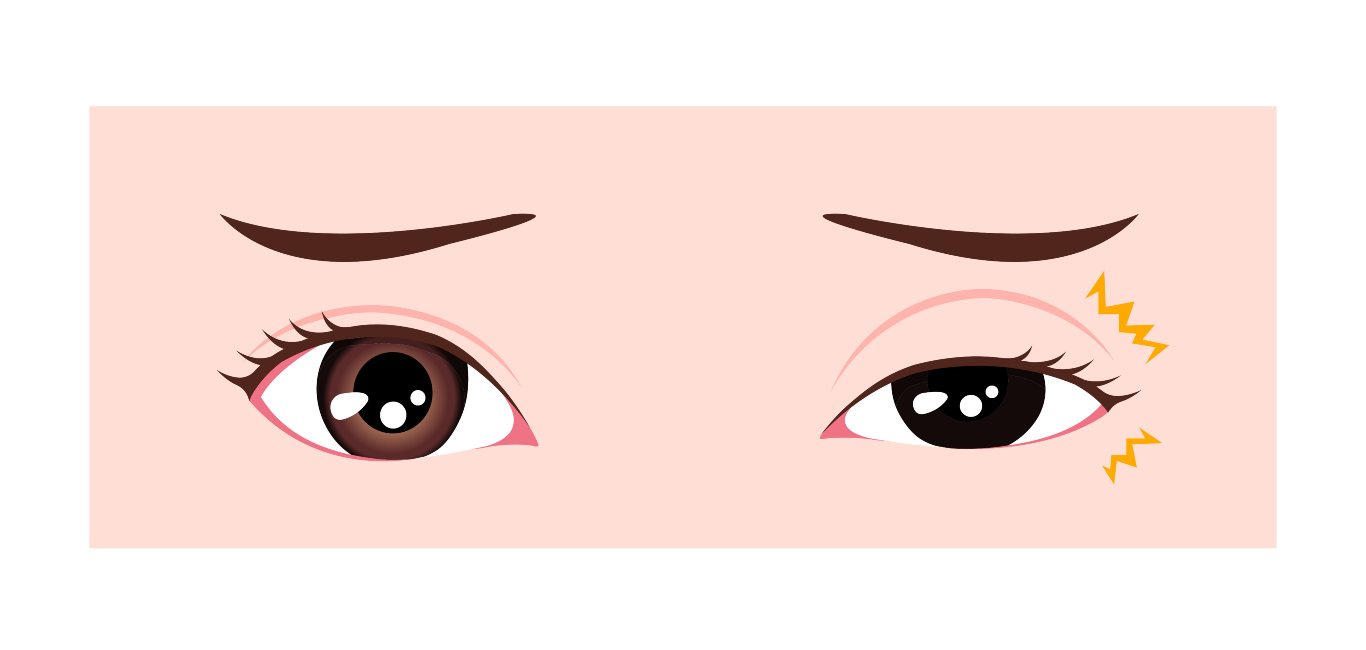
Twitching of the eye is a common condition that can last from a few seconds, minutes, hours to even days in some cases. One might experience it while sitting at work, staring at the computer or while taking a walk. But what exactly is eye twitching and why does it happen?
Dr Jayesh Vira, ophthalmologist at ESI-MGM Hospital in Mumbai, explains, “Eye twitch is the involuntary, unintended, spontaneous contractions of the face muscles that lie under the skin of the eyelid and around the eyes that cause a ‘blinking’ movement or a feeling of tightening around the eye.”
What leads to eye twitching?
The condition may occur due to an involuntary contraction (muscle spasm) in the eyelid muscle, which can also be a response to an irritating stimulus at the sensitive nerve endings in the conjunctiva (mucus membrane that lines the inside of the eyelids) and skin.
“Most common causes include dry eyes or dust and other foreign bodies in the eyes. In some cases, it can also occur due to neuromuscular disorders of eyes due to vitamin B12 deficiency, inappropriate re-innervation (wrong regeneration of nerves supplying instructions to muscles to contract) thereby leading to erroneous contraction and twitching of muscles surrounding the eye,” Dr Vira says.
When eye twitching is due to eye-related muscles, the condition is called blepharospasm. This is a spasm of the eyelids and usually involves both the eyes. Dr Rajan Sharma, an ophthalmologist based in Telangana, explains blepharospasm as “ a neurological disorder that leads to involuntary muscle contractions and spasms of the eyelid muscles. Eye twitching can also be due to photophobia that leads to intraocular inflammation.”
Eyelid myokymia is another disorder that causes eye twitching, where continuous contractions mainly affect the lower lid.
“When the disorder is more extensive, it may involve half of the face and is called hemifacial spasm. Evaluation of these conditions may require MRI imaging,” adds Dr Vira.
Dr Sharma says fatigue, stress, anxiety and excess caffeine consumption are known to be some of the underlying causes of eye twitching.
Preventive measures and treatment
If the twitching of the eye is a one-off case, it may be due to fatigue, stress, or lack of sleep. If it occurs frequently, one could take note of when it happens to identify the pattern. However, if there is no set pattern and one is unable to understand why it is happening, it is best to consult an ophthalmologist.
There are no preventive measures one can take for disorders like blepharospasm and hemifacial spasm. In such cases, treatment is the best option. “In case of blepharospasm and hemifacial spasm it is important to treat the surface layers of the eye (cornea and conjunctiva). One can also use tinted spectacles and consult their doctor for managing the condition,” Dr Sharma recommends.
However, if there are no major causes behind the eye twitch, it can be managed with the help of some lifestyle changes and habit modifications.
5 ways to prevent and manage eye twitching
- Get adequate rest: Stress and fatigue can be the reason behind one’s eye twitch. Experts advise getting proper rest and adequate hours of sleep
- Make changes to lifestyle: “In case dry eyes is a cause, appropriate management involves reduction of screen time, following the 20-20-20 rules and others,” says Dr Vira
- Avoid caffeine, smoking: Caffeine can act as a stimulant to eyelid spasms. If one is experiencing eye twitches, experts say that it is best to reduce coffee, tea, and soda intake. One can quit smoking too.
- Get professional help: In case the eye twitch is due to a foreign object, Dr Vira suggests getting it removed with the help of professionals. “If you suspect that there are dust particles in the eye or any other foreign body, such as caterpillar hair or insect wings, a physical examination by a trained eye doctor will be required to remove it,” adds Dr Vira.

















